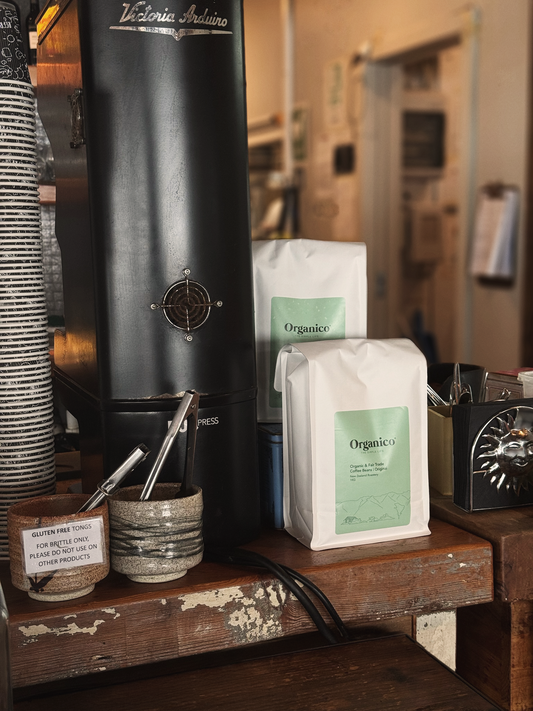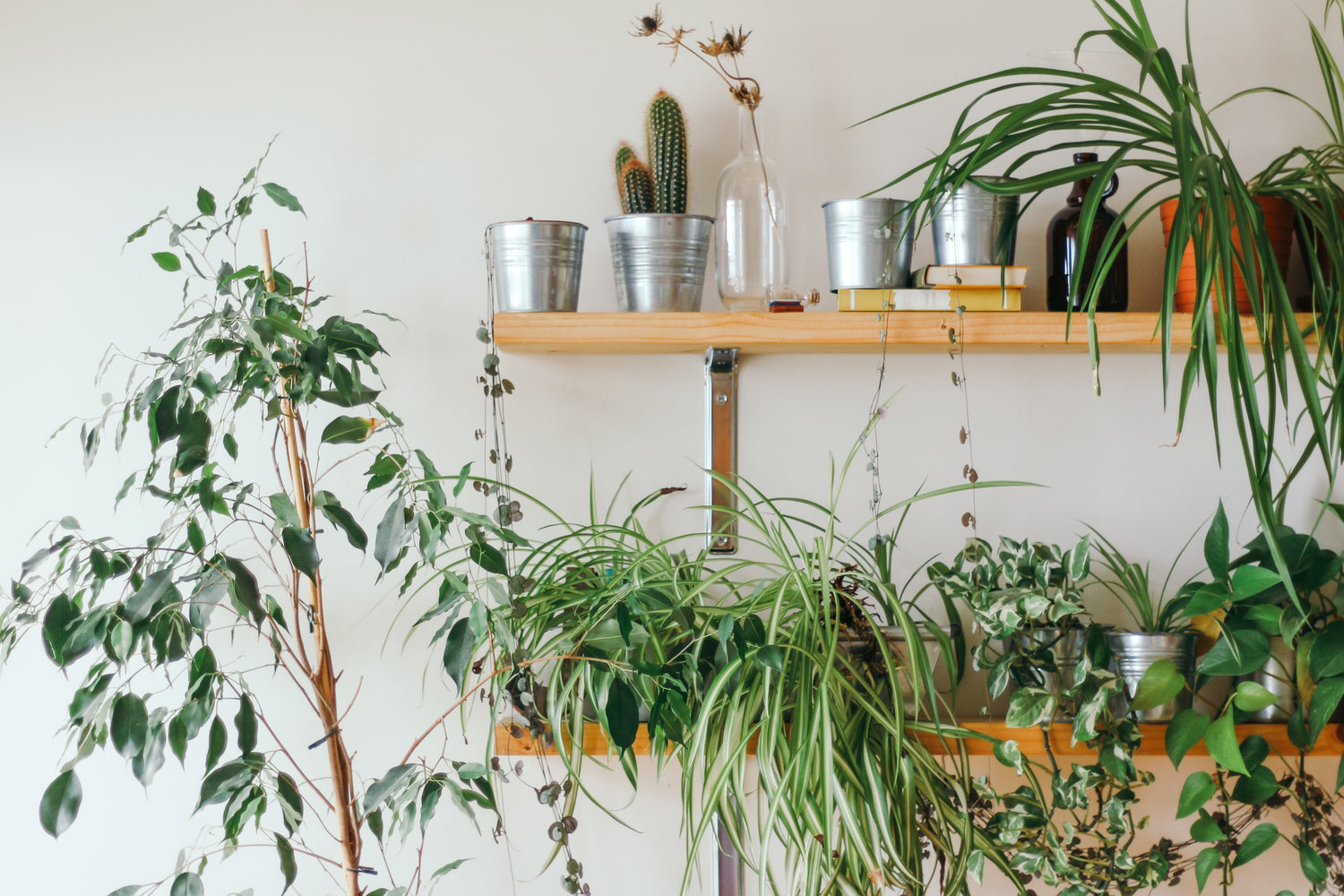Indoor Plants
By Christine Liu, (Sustainable Home, pg.30-35)
-
Air quality is often thought of as an environmental issue beyond our front door. However the air quality within our homes is increasingly a cause for concern - the pollutants are not car emissions or fossil fuel-burning factories, but our own furniture and even our homes themvselves. Approximately 30 percent of all new or remodelled buildings have traces of indoor air pollution, as they are often made with synthetic materials to assist with insulation. Buildings with little ventilation have been known to give occupants ‘sick building syndrome’, a health discomfort caused by over-exposure to synthetic materials. Thought the condition may only be temporary and wear off once the occupant leaves the building, long-term issues could arise after long periods of exposure.
Synthetic chemicals can contain volatile organic compounds (VOCs) which release gases that cause long term health issues. Some common VOCs include benzene, which is found in plastics, cleaning solutions, coatings, inks, and oils. Formaldehyde is another common VOC found in pressed wood products, waxed paper, water repellents, or fire retardants, and is classified as carcinogenic.
Multiple studies throughout the world have found that one of the most economical and effective ways to improve indoor air pollution is to keep a few indoor plants. Furnishing your home with plants boasts many health benefits because the plants act as natural air filters. The leaves and roots remove trace levels of toxic vapours, and have also been known to reduce stress, symptoms of ill health, and improve work performance. A recent study in India saw 1,200 plants installed in a twenty-year-old office building. They were surprised to find that their building had the best indoor air quality in the whole of Delhi, and that eye irritation and respiratory problems among employees had dramatically decreased. As a perk, worker productivity also increased by 20 percent, with the assumption that employees felt healthier living alongside the plants.
As if you needed any, these are all great excuses to start creating your own leafy green sanctuary at home! The following pages contain some information about caring for plants, and a fun terrarium project which, once up and running, requires very little maintenance at all.

Caring for plants:
-
House plants are a beautiful way to decorate your home - whether placed along windowsills, on table tops or on bookshelves. But I think it equally beautiful that they can provide a function: cleaning the air around you and improving your general health. But of course, not all plants are that easy to take care of (particularly if you haven’t acquired that green thumb yet).
For those of you who are new to the game, some easy plant species to take care of include:
- Succulents, such as aloe vera or the snake plant
- Palms, such as parlour or kentia
- Cast iron plants
- Philodendrons
Succulents need very little water but a good amount of sunlight to grow, which is a great option if you tend to forget to water plants.
Be careful not to overwater; less is usually more when it comes to houseplant care.
Once you have collected a few species, take time to understand the specifics of each plant and their preferences; each species will have a different requirement for watering and light, so be sure to read up on best practices. A bright spot or a windowsill without too much direct sunshine is perfect for plants that like a lot of light, such as succulents. For those that need less, the corner of a room or a seat among a selection of other plants and pieces of furniture will do.
Ensure your plant’s pot has drainage holes in the bottom, to release any excess water, as well as a tray beneath to catch it. If the tray doesn’t dry out relatively quickly, empty it out - excess water will rot the roots of your plant, or encourage mould growth and discolour leaves. If the leaves become dry and brown, and you notice that the soil is quite dry, you are under-watering.

Make Your Own: Terrarium
-
Terrariums are beautiful, low-maintenance focal points for a living space, and they also make wonderful gifts. They are completely closed-loop systems which are entirely self-sustaining. Soil, plants, and a bit of water are all enclosed within a glass container, and with a little natural light, a greenhouse effect is created. This helps trap heat and moisture, allowing the plants to grow.
Materials:
- Large glass container or jar with lid
- Decent amount of small pebbles and activated charcoal - enough to fill the bottom of your glass container up to 2.5cm (1 inch)
- Potting soil appropriate for your plants - enough to fill the glass container at least halfway
- 2-3 plants of your choice
- Spray bottle with water
Method:
First determine what type of terrarium plants you would like to have. Succulents and cacti, which need less water, should be put in a glass container with an open top. Plants that like humidity, such as ferns, mosses, strawberry begonias and calathea are suitable for a closed container. Be sure to buy small specimens.
Take your glass container and fill it 2.5cm high with small pebbles and activated charcoal. This will help drain excess water and discourage mould growth. The glass container I’ve used is an up cycled water jug with a small cork in the spout at the bottom to act as a plug. Reuse or repurpose your container is possible!
Place the potting soil on top of the pebbles and charcoal, and fill the terrarium container at least half way. Dig small grooves into the soil and carefully position the terrarium plants, ensuring that the roots are covered. Pat the soil down, and spray with a bit of water if it is dry.
Place the lid on top of your terrarium (if applicable for your plant species). A repurposed wooden trivet can be placed over the opening of the container as a lid option.
To take care of the terrarium, place it in indirect light, unless it contains succulents and cacti. You should notice that in the presence of light, the sides of the container will appear foggy and small water droplets will begin to form on the inside (the greenhouse effect). If you begin to notice mould, simply keep the lid open for a period of time to air out the system. If there is little to no fog or water droplets, spray with a little more water.
By Christine Liu, (Sustainable Home, pg.30-35)


